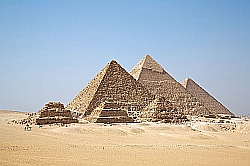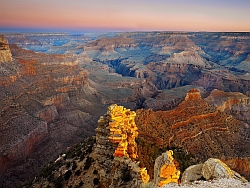Introduction: World Heritage Sites from Space to Place
What is Heritage?
Heritage is vital to our present and future identity, it is our legacy from the past, what we live with today, and what we pass on to future generations.
The United Nations Educational, Scientific and Cultural Organization (UNESCO) seeks to encourage the identification, protection and preservation of cultural and natural heritage sites around the world considered to be of outstanding value to humanity.
This is embodied in an international treaty called the Convention Concerning the Protection of the World Cultural and Natural Heritage, adopted by UNESCO in 1972. The Convention recognizes that World Heritage Sites are considered to belong to all the peoples of the world.
The World Heritage List includes 890 properties forming part of the cultural and natural heritage which the
World Heritage Committee considers as having outstanding universal value.
These include 689 cultural, 176 natural and 25 mixed properties in 148 States Parties.
The list reflects the wealth and diversity of the Earth's cultural and natural heritage.
Both, cultural and natural heritage sites face a variety of potential threats including: uncontrolled agricultural and urban development, natural catastrophes, climate change, mass tourism or political conflicts.


